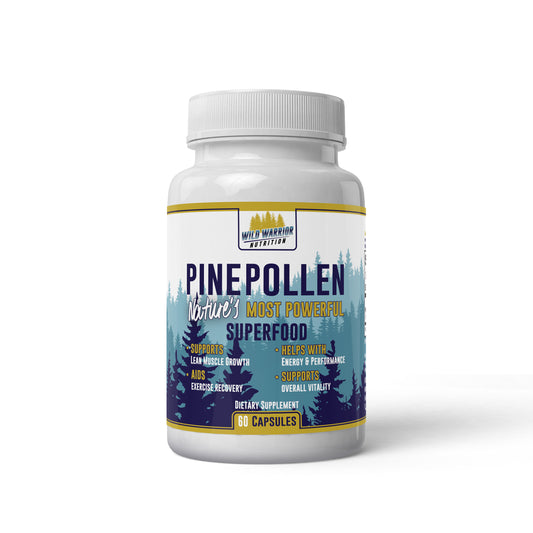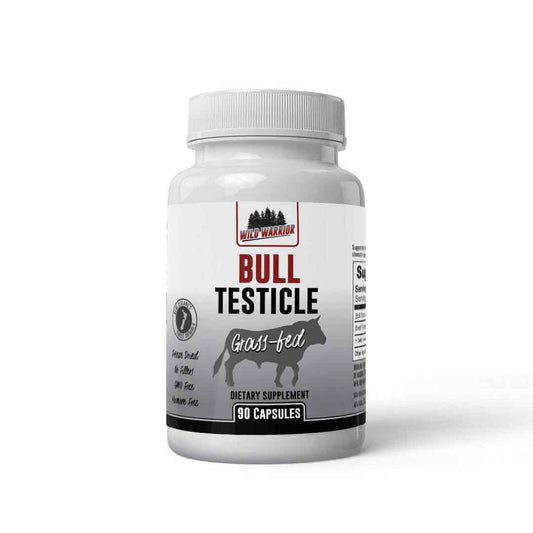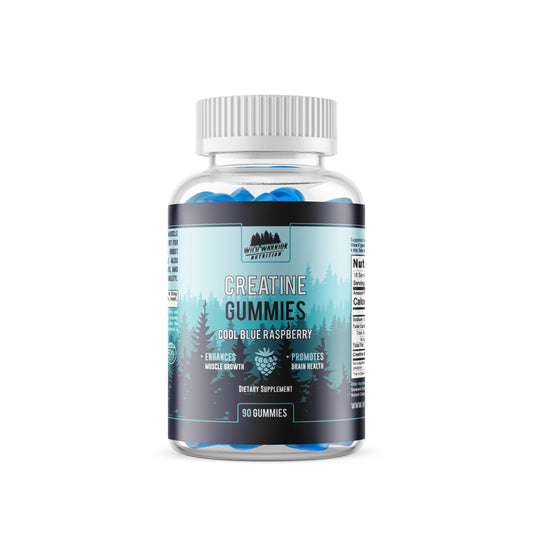After posting about Clomid yesterday, we received a follow up question regarding the difference between enclomiphene and clomiphene. Clomiphene citrate is a well-known medication used in fertility treatments and for treading Low-T. However, what is less known is that it's a mixture of two stereoisomers: enclomiphene and zuclomiphene. Here we'll focus on the differences between clomiphene as a whole and one of its components, enclomiphene.
What are Clomiphene and Enclomiphene?
Clomiphene citrate is a non-steroidal fertility medicine that causes the pituitary gland to release hormones needed to stimulate testosterone production. It's composed of two parts: roughly 38% of zuclomiphene and 62% of enclomiphene1.
Enclomiphene, on the other hand, is the trans-isomer of clomiphene citrate. This means it has the same molecular formula as clomiphene, but a different arrangement of atoms.
So what does that mean and does it make a difference?
How Do They Work?
Both clomiphene and enclomiphene work by blocking estrogen receptors at the hypothalamus, leading to an increase in the release of gonadotropins, which in turn stimulate the testes to product more testosterone. However, they differ in their biological activity and half-life.
Enclomiphene is the more active isomer and has a shorter half-life. It's rapidly absorbed and quickly eliminated, thus leading to a quicker onset of action2. On the other hand, clomiphene, being a mixture of both isomers, has a longer half-life due to the presence of zuclomiphene, which is less potent and remains in the body longer.
Clinical Uses
Clomiphene citrate has been widely used for decades to treat infertility in women who do not ovulate, and in men to improve sperm count and quality. It's also found off-label use in treating male hypogonadism and low testosterone.
Enclomiphene, while not currently approved for clinical use, has shown promise in recent studies. Research suggests that it might be effective in treating men with secondary hypogonadism while maintaining fertility, a significant advantage over traditional testosterone replacement therapy3.
Conclusion
While both clomiphene and enclomiphene are used to stimulate ovulation and testosterone production, they have distinct differences in their biological activity and potential uses. As research continues, enclomiphene may eventually find its place in men's health treatments. As always, it's essential to consult with a healthcare provider, and to have your blood work done before starting any new medication regimen.
Looking to support peak testosterone naturally? Explore our line of men's health supplements and formulas here.





